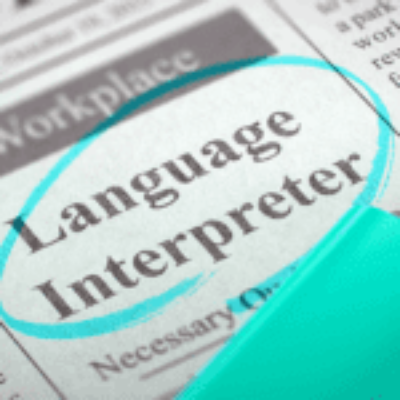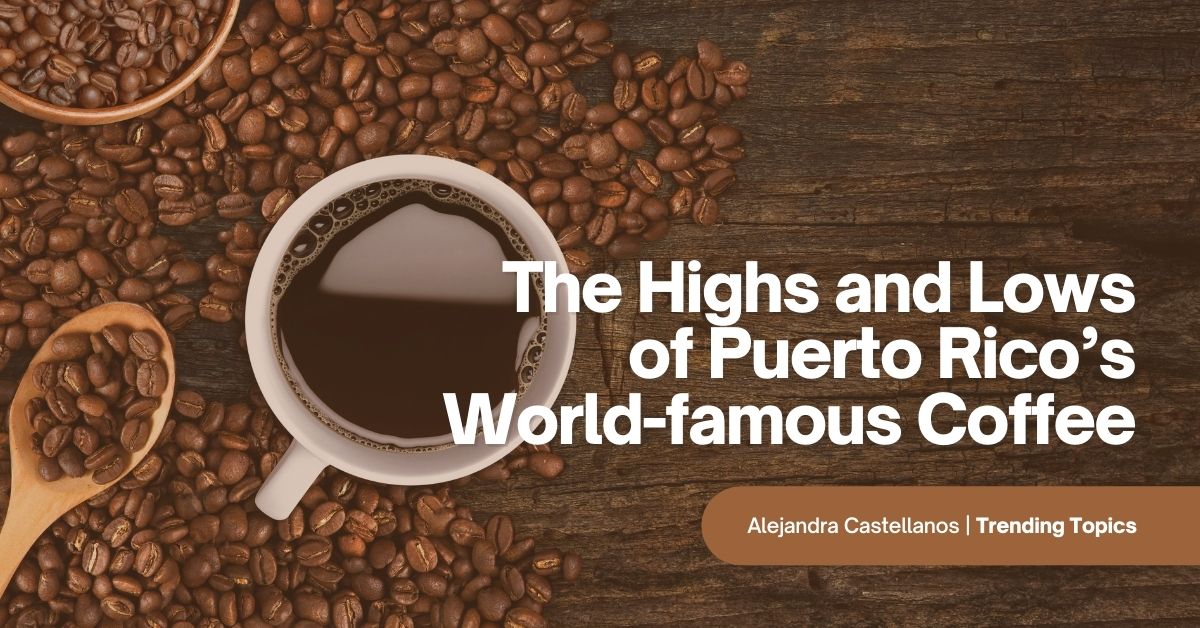
The Highs and Lows of Puerto Rico’s World-famous Coffee
Puerto Rico’s coffee history shows us the fluctuations this high-quality bean’s production has suffered due to the effects of nature, politics, and the economy.
It all starts with hand-picked beans. Manual separation of the pulp and husk from the bean comes next, followed by the drying process. Lastly, workers sort the dried beans by color, size, and weight for them to go through the roasting process.
Aside from this unique process, what else gives Puerto Rico’s coffee its special touch? Volcanic soil!
Are you ready to explore the uniqueness of Puerto Rico’s coffee beans? Let’s begin!
The Greatness of Puerto Rico’s Coffee
Like many products from Latin America, what makes Puerto Rico’s coffee unique is the dedicated artisanal process the beans go through to obtain its signature chocolatey flavor.
During its golden years, even the Pope requested Puerto Rican coffee. Thereby, this country’s coffee earned the title of the “coffee of popes and kings.”
Enjoy this wonderful coffee as:
- pocillo – espresso
- cortadito – espresso with steamed milk
- café con leche – latte
After decades of strong production of regular coffee, Puerto Rico’s land suffered the effects of hurricanes and U.S. influence.
Nowadays, their focus is on specialty coffee, which drives tourists and coffee connoisseurs to local coffee shops for a taste of a fancy and one-of-a-kind coffee.
The distinguished flavor of this coffee mixes sweetness, chocolate, and a touch of dry fruit. Overall, it has an acidic—yet not bitter—taste.
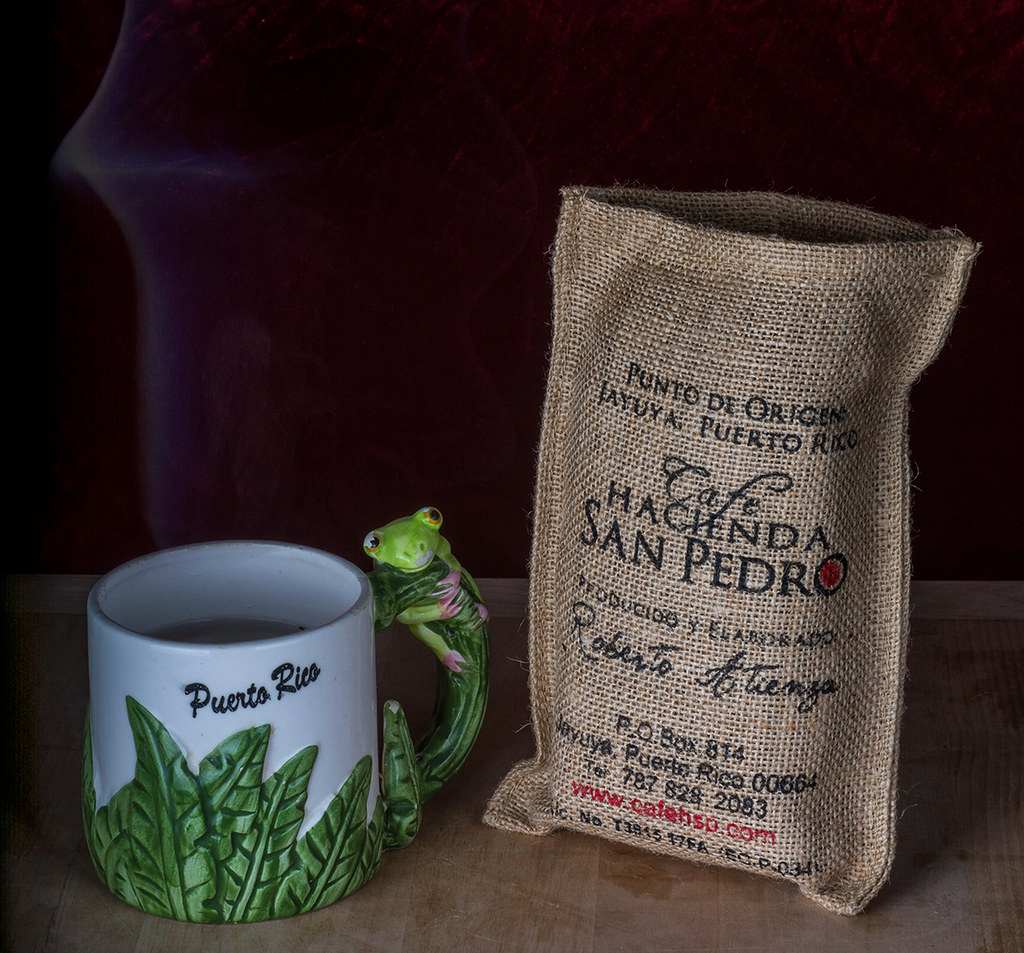
Puerto Rican Coffee History
Puerto Rico’s coffee has rightfully earned its title among the most prestigious of the world. Nevertheless, its history has involved many ups and downs in the production and exportation of the world-famous beverage.
Early and Golden Years
In Puerto Rico, coffee farming dates back to colonial times after the Spaniards’ arrival. It initially reached the island in 1736.
Coffee production reached its peak in the 19th century when immigration to the island increased, resulting in the settlement of arabica coffee beans, sugarcane, and tobacco plantations.
New technologies and European immigrants contributed to Puerto Rico becoming the fourth largest coffee producer in America and the sixth-largest exporter in the world.
The production also benefited from major exportation to Europe.
Hurricanes and Foreign Influence
The 1899 hurricane was the first in a chain of tragedies for Puerto Rico’s coffee industry. The land became less and less fertile for cultivating and exporting large amounts of coffee.
Later on, when Puerto Rico became a U.S. territory, they were able to improve their cultivation. Nonetheless, it forced them to increase the overall production cost and prioritize sugarcane over coffee.
People began to migrate to the U.S. mainland, and haciendas found themselves with a decreased workforce. As the production declined and the demand increased, they needed to import coffee beans and blend them with their own. Not only did this affect the cost of production but also the impeccable original quality of their coffee.
More recently, Hurricane Maria in 2017 caused major losses of coffee trees, resulting in over $85 million in industry losses.
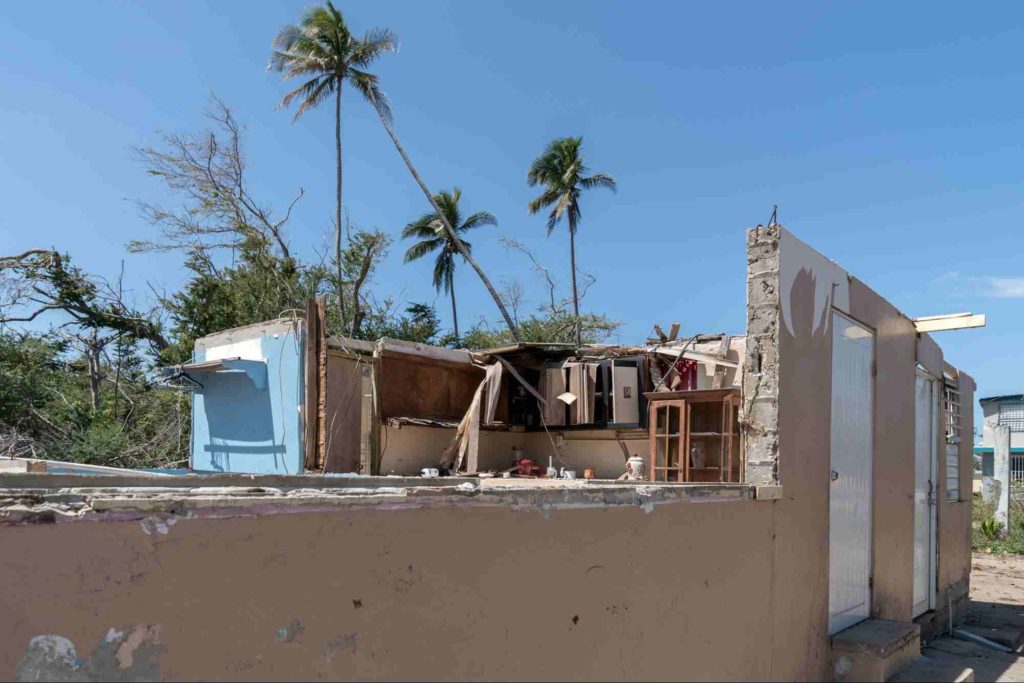
See also: 12 Reasons to Visit San Juan, Puerto Rico
Puerto Rico’s Coffee Production Today
Modern Puerto Rican coffee growers have decided to redirect the focus of the production.
They seek enhanced production of specialty coffee to maintain a high level of quality. Therefore, they acknowledge that what improves the quality of their precious grain is the availability of nutrients from the volcanic soil.
Companies own vast lands for coffee production and though the hurricanes have affected them profoundly, they do not back down.
Puerto Rico’s largest coffee industries have struggled to boost production. They often partner up with smaller coffee farmers to improve both sides’ income and benefit from artisanal processes.
What’s more, exportation continues to increase their costs significantly.
Other attempts to promote the consumption and production of coffee include the organization of competitions where they reward coffee farms for their practices and product.
Specialty Coffee Regions
Although there are many types of coffee beans in Puerto Rico, the most common and acclaimed ones are the Arabica beans of the Limaní variety. They need to be planted in volcanic soil and grown under shade.
Mountainous lands are the ideal home for high-quality beans to grow. Check out some of the main regions of coffee plantations.
Hand-picked for you: How to Order and Discuss Coffee in Spanish
Yauco
El Pueblo del Café (Coffee Town) is a rich land that produces coffee, fruit, and tobacco. This land was important to the Taino people, its first inhabitants. Various rivers provide essential water to the region’s coffee trees.
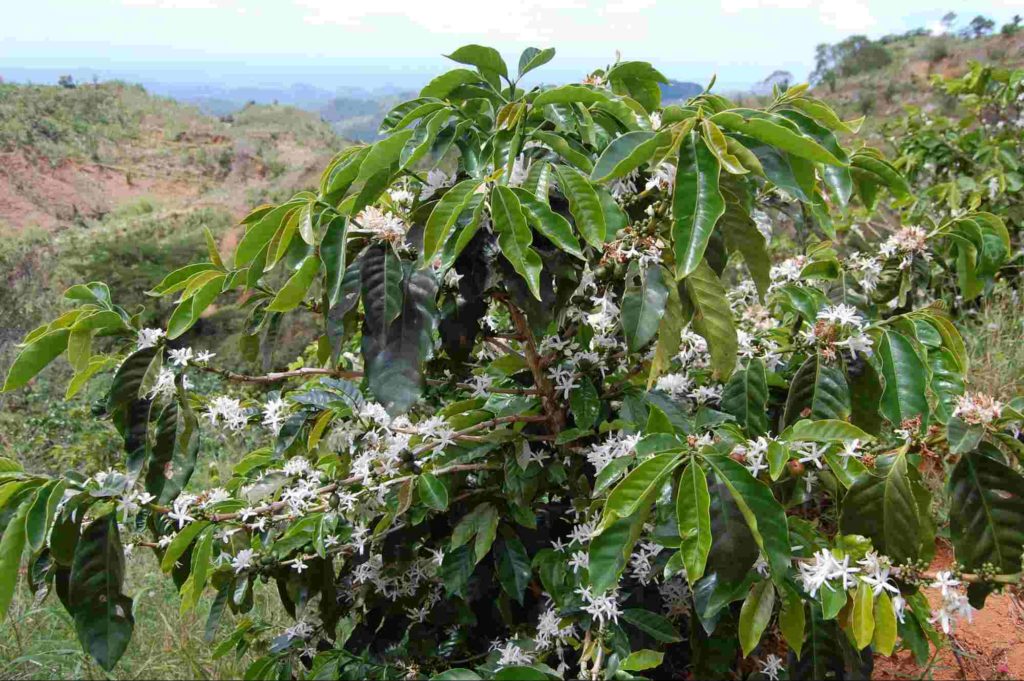
Ponce
Ponce is not only home to one of the best coffee plantations, but also highly attractive to tourists. With stunning historical places, it is famous for its multiple museums.

San Sebastian
This gorgeous region is perfect if you’re an outdoorsy person looking for an adventure. Visit haciendas where they grow coffee. Sip a cup of local brew in a lovely coffee shop.
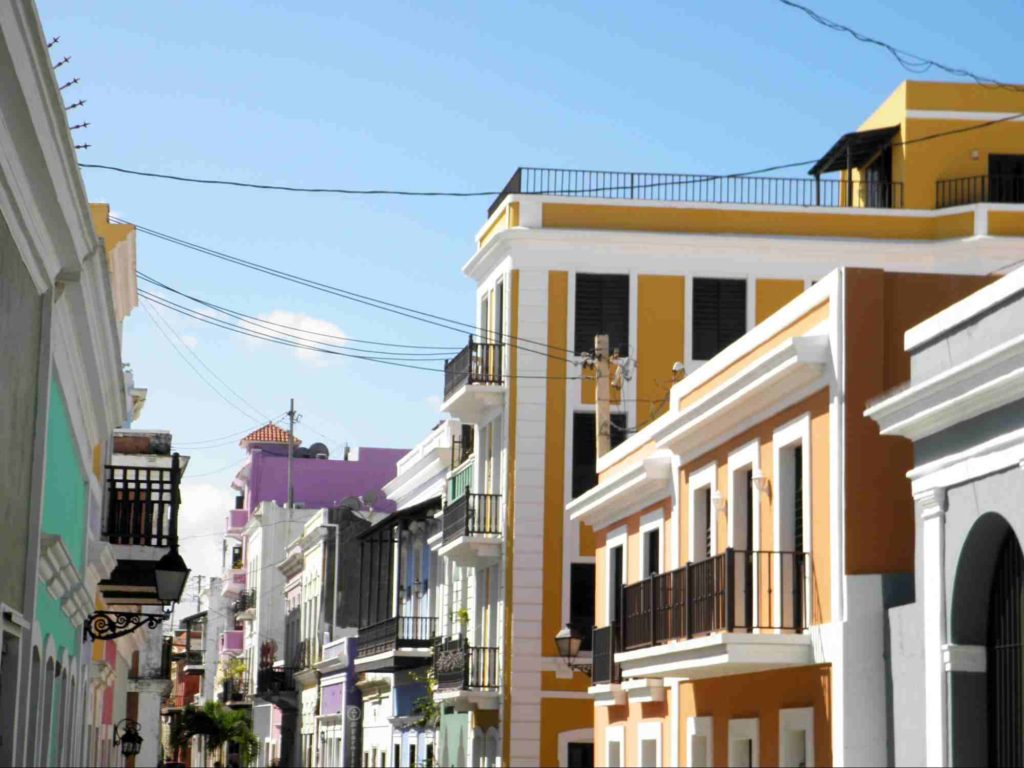
Top Puerto Rico Coffee Brands
The following brands are renowned as the best brands of specialty coffee across the island.
Tesoro del Sol
This prestigious brand is healthy, as it does not use pesticides and employs environmentally friendly practices. These Arabica beans are planted in the Uroyan Mountains.
Di Laris
Hacienda Lealtad has grown this excellent coffee since 1830. They have maintained a traditional flavor rather than the region’s usual chocolatey flavor. What makes it special is the sun-drying and roasting process.
Cuatro Sombras
These Arabica beans are from the mountains of Yauco. They also use a sun-drying process and have an acidic flavor with caramel and spice undertones.
Immerse Yourself in Spanish
Now that you’re a Puerto Rican coffee history buff, why not visit the island and enjoy its famous coffee at the source? While traveling is a different experience for everyone, there are many ways you can improve your next trip! For one, you can begin the amazing journey of learning Spanish! That’s right, learning Spanish will enhance your next adventure in Puerto Rico! Knowing the local language empowers you to communicate better and visit the most magical places.
Homeschool Spanish Academy is here to support you as you begin this new stage in your life! Our classes are 1-to-1 and with certified, native-speaking teachers. Learn Spanish in a genuine, fun, and practical way to become a proficient and confident speaker. To make the best of your next trip to Puerto Rico, sign up for a free trial class today!

Want to learn more about Latin America? Check out our latest posts!
- Celebrating Culture and Joy: The Magic of Carnival in Spanish-Speaking Countries
- 15 Mouth-Watering National Dishes of Latin America
- Discovering The Mayan Languages
- The 10 Most Common Spanish Surnames in The U.S
- Everything About Mexican Christmas Traditions
- What Is the Hispanic Scholarship Fund? Is It Legit?
- A Spanish Guide to Thanksgiving Food Vocabulary
- How Did All Saints Day Celebrations Started?
- Christmas Songs and Vocabulary for Kids in Spanish - December 13, 2022
- 100 Sentences With the Spanish Verb Ser - September 1, 2022
- Learn the Shapes (Free Spanish Lessons for Kids) - January 13, 2022

